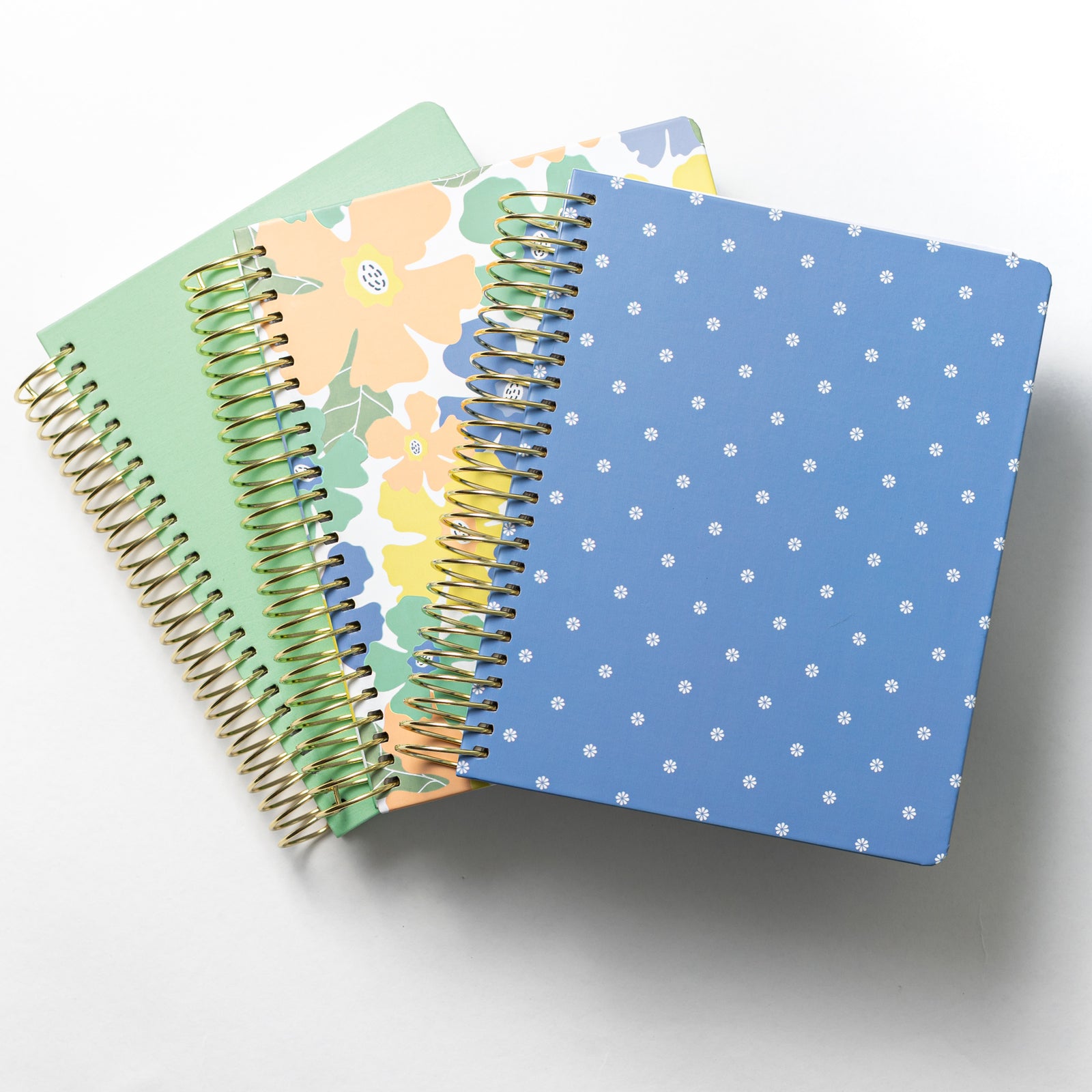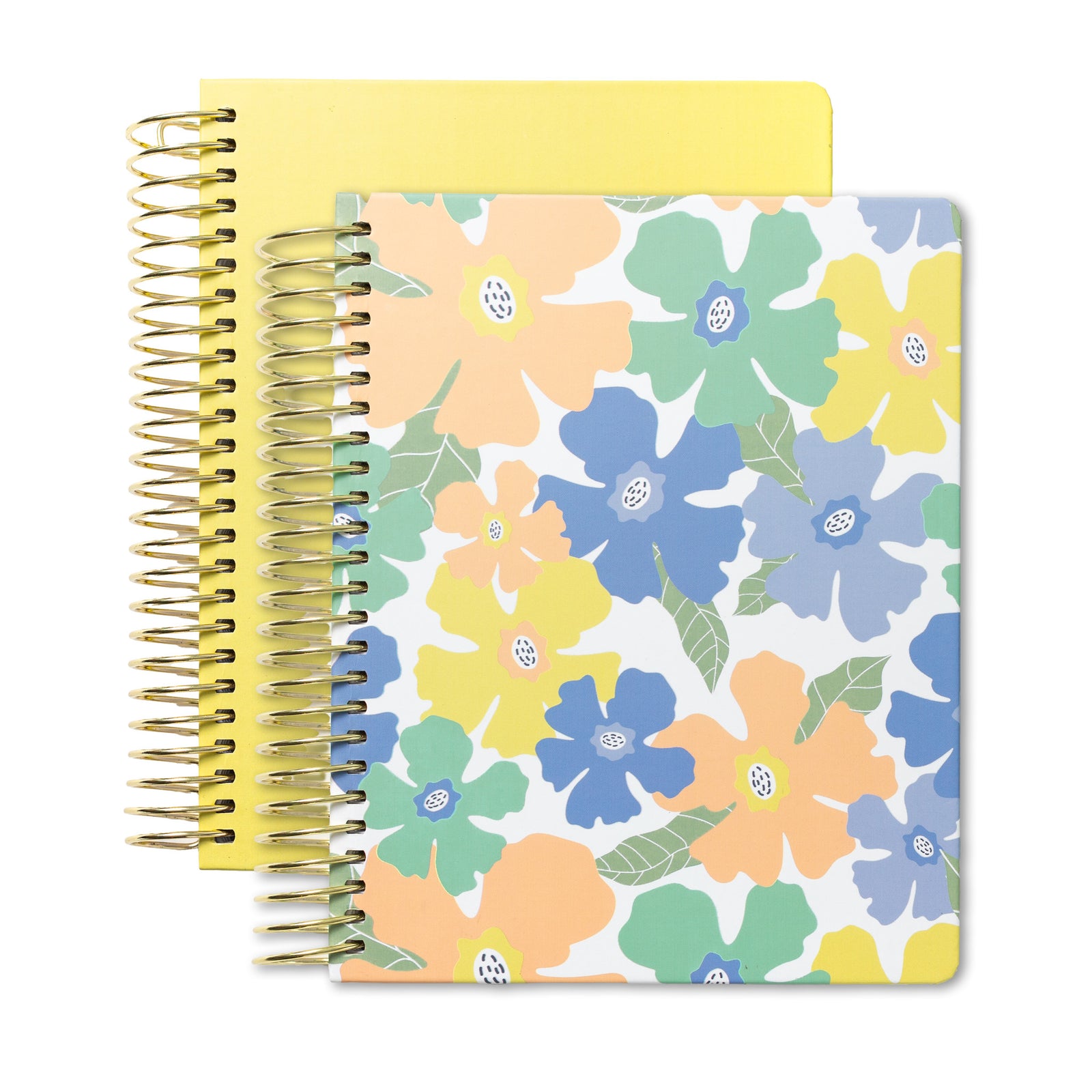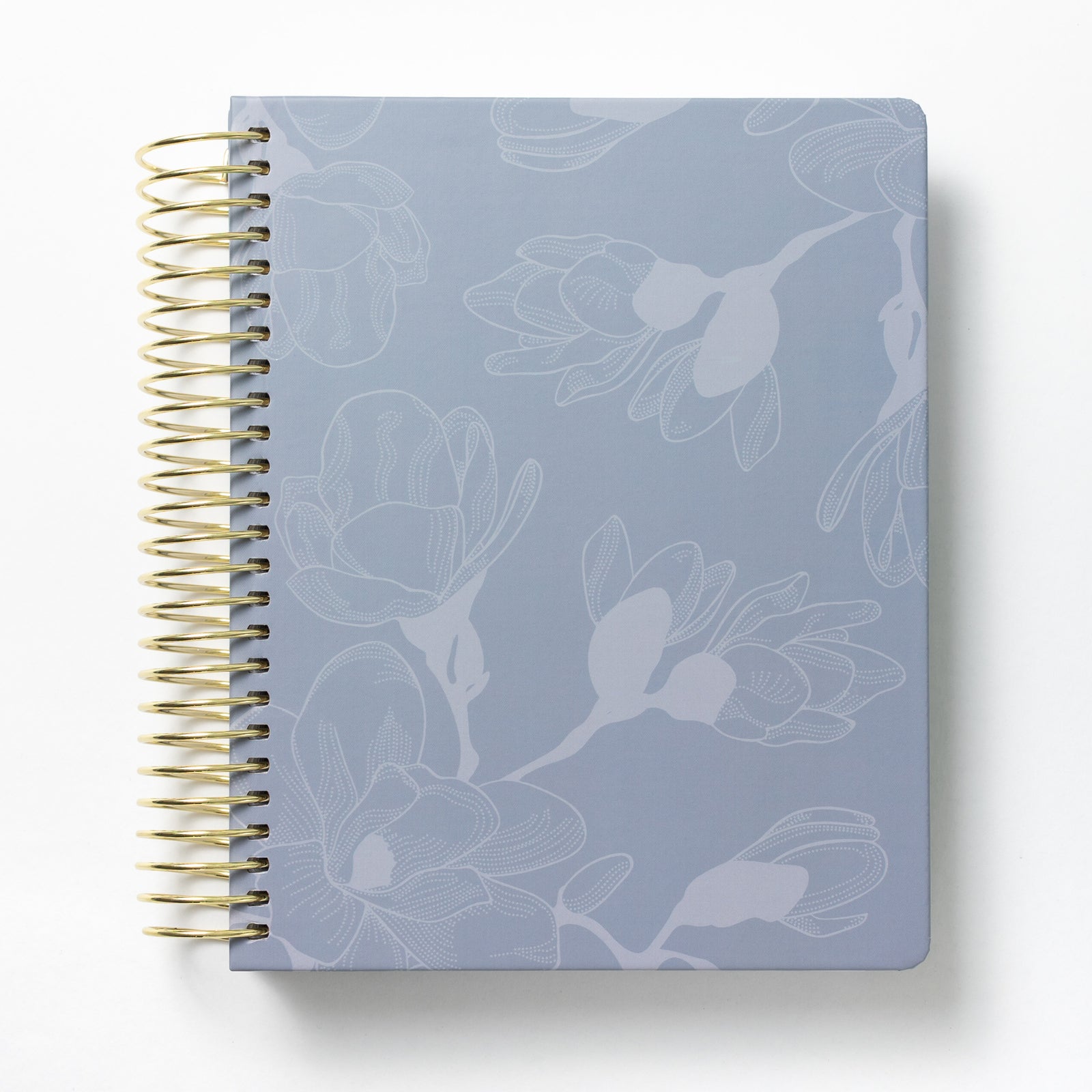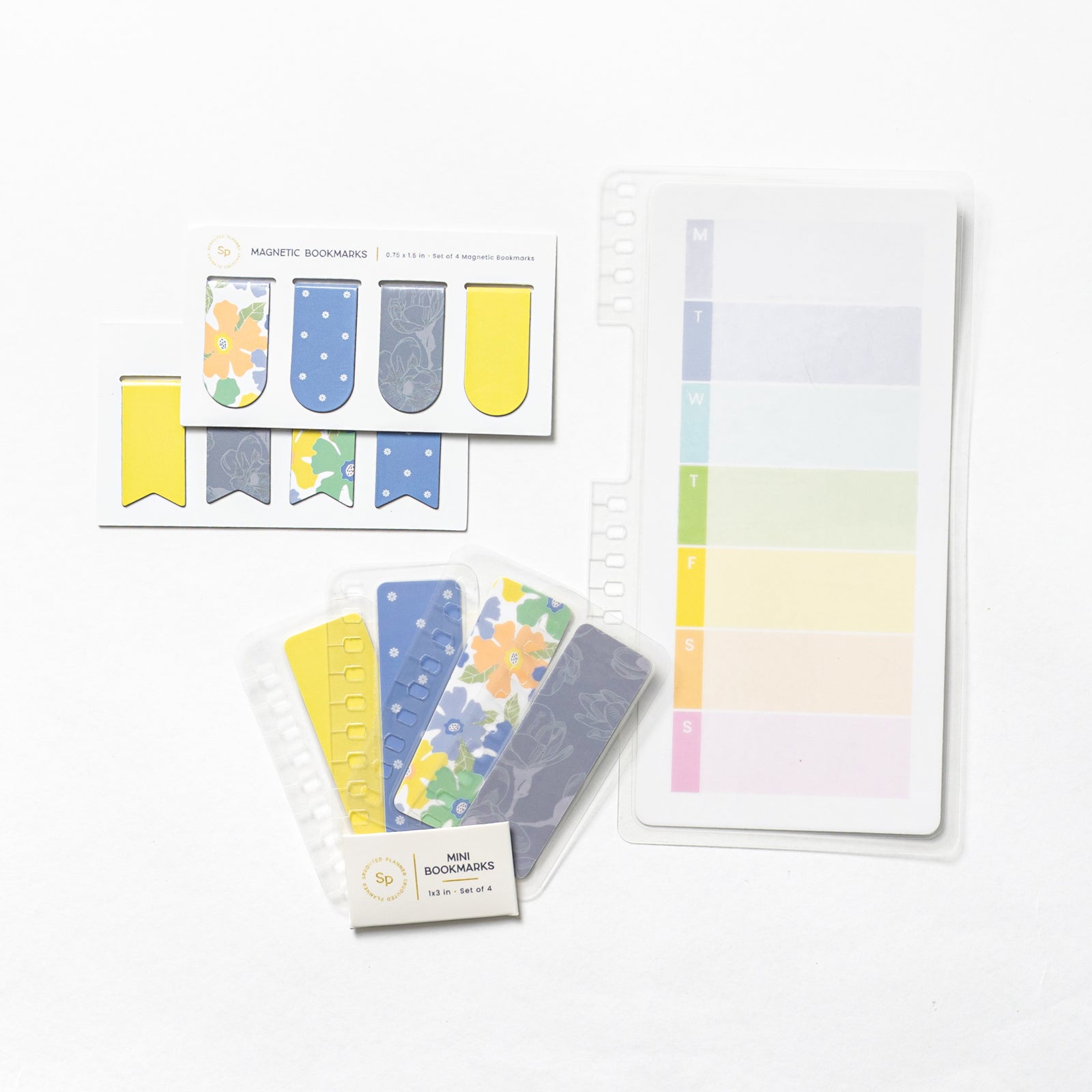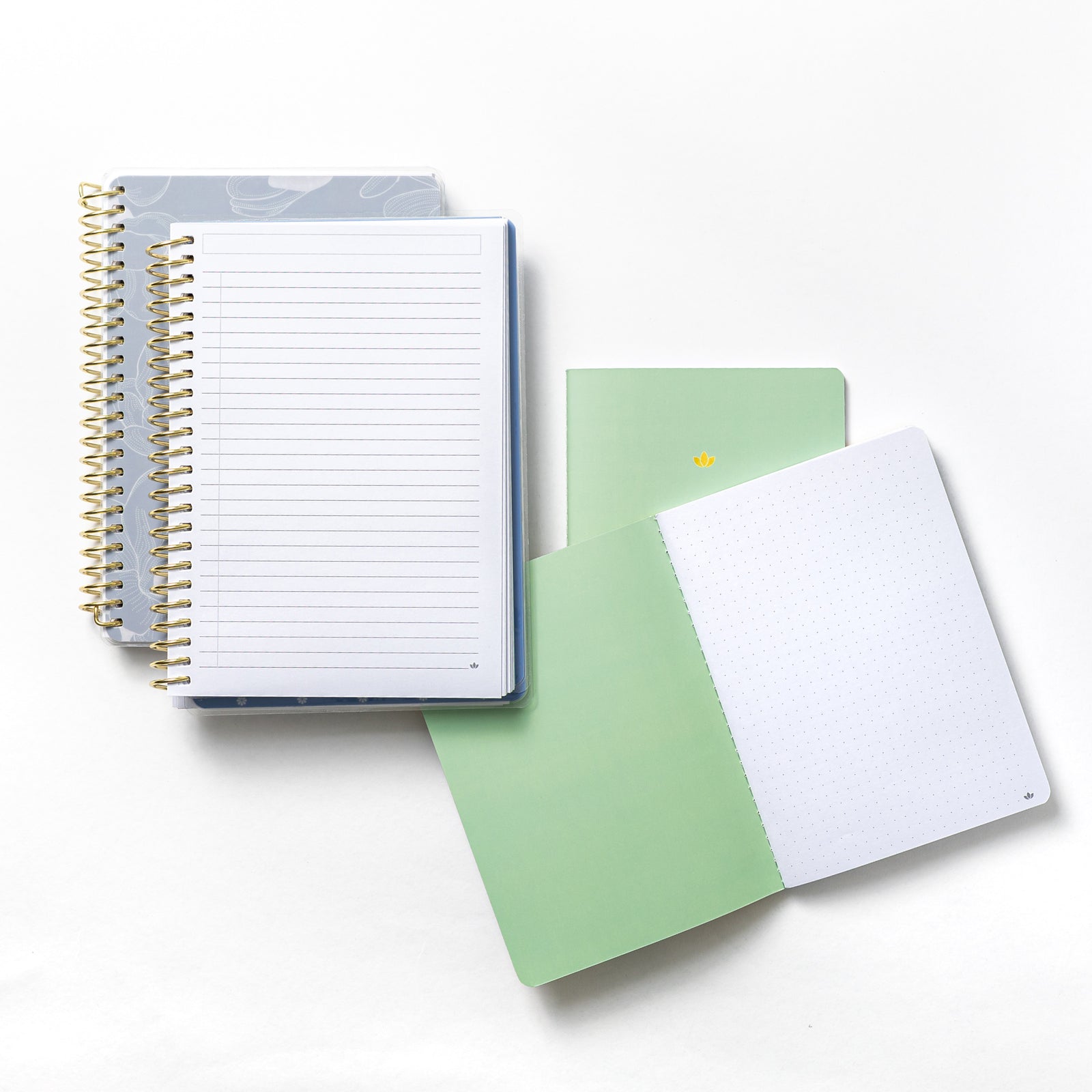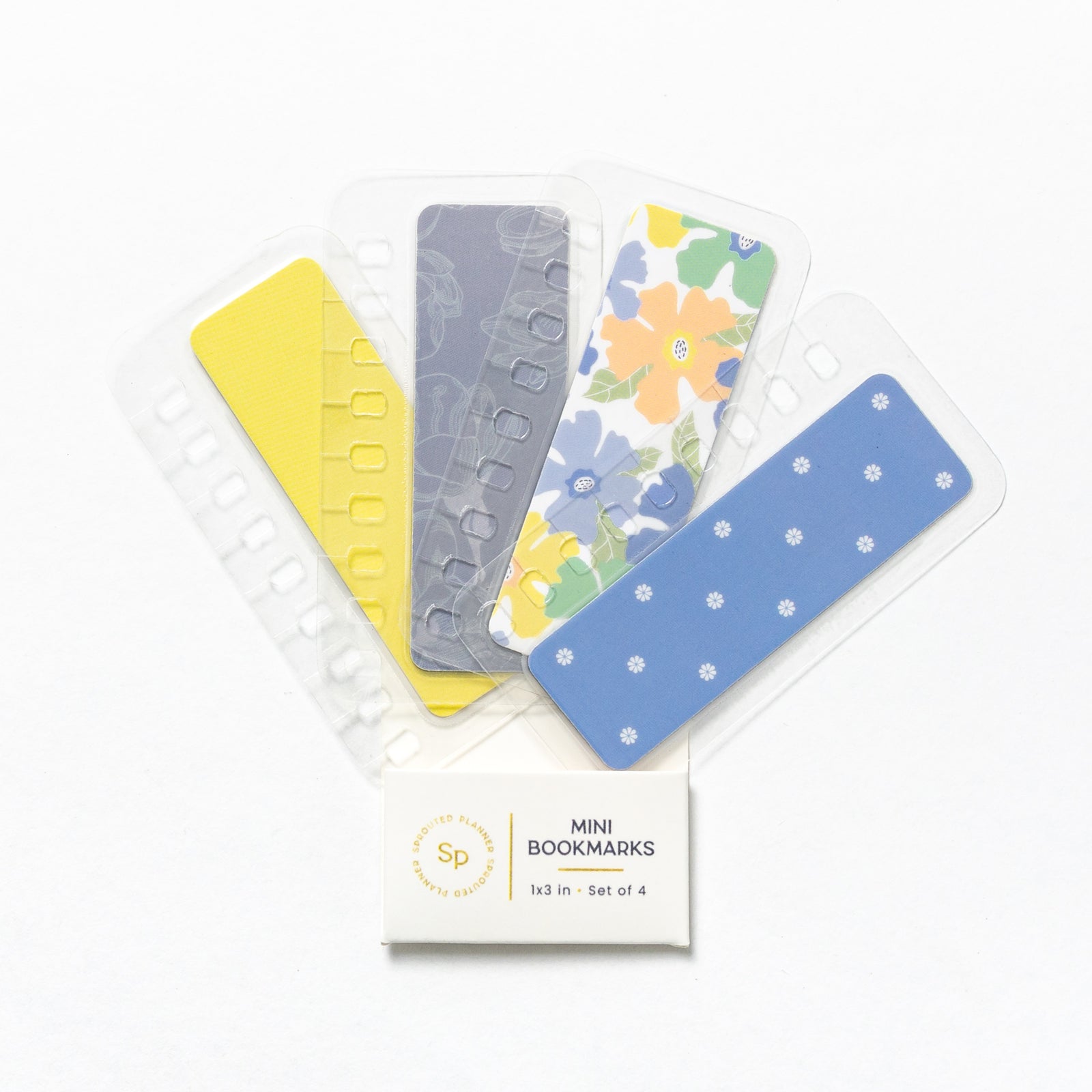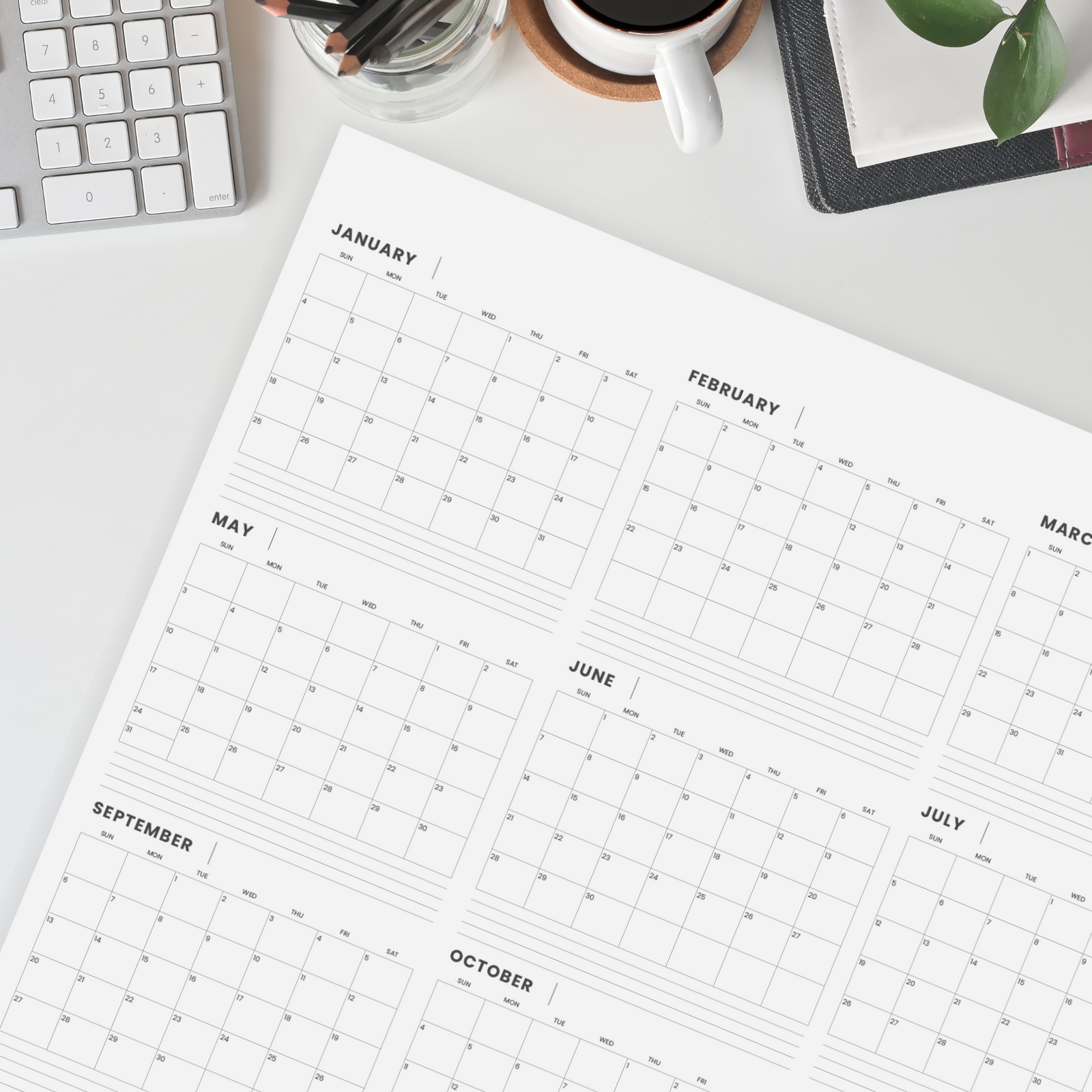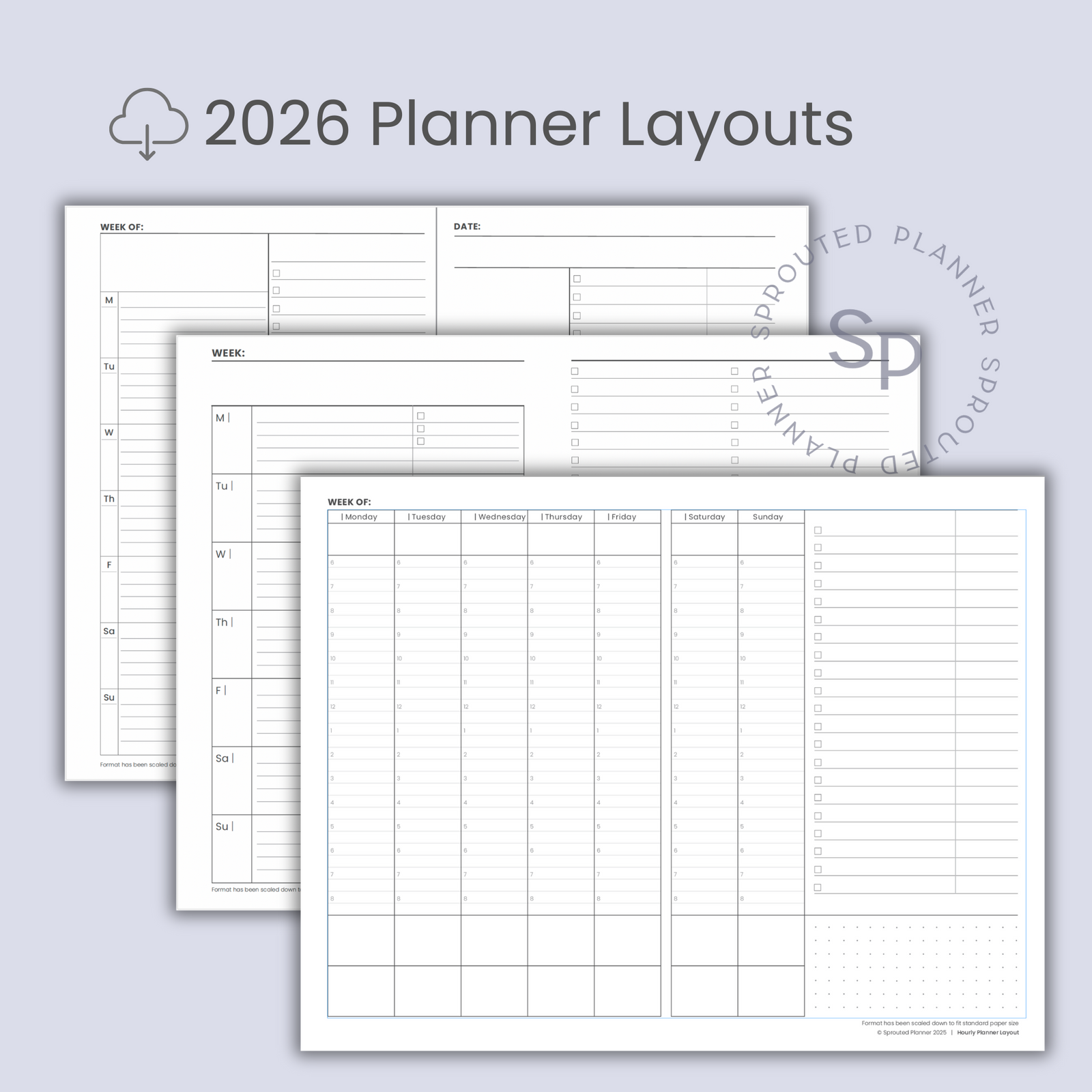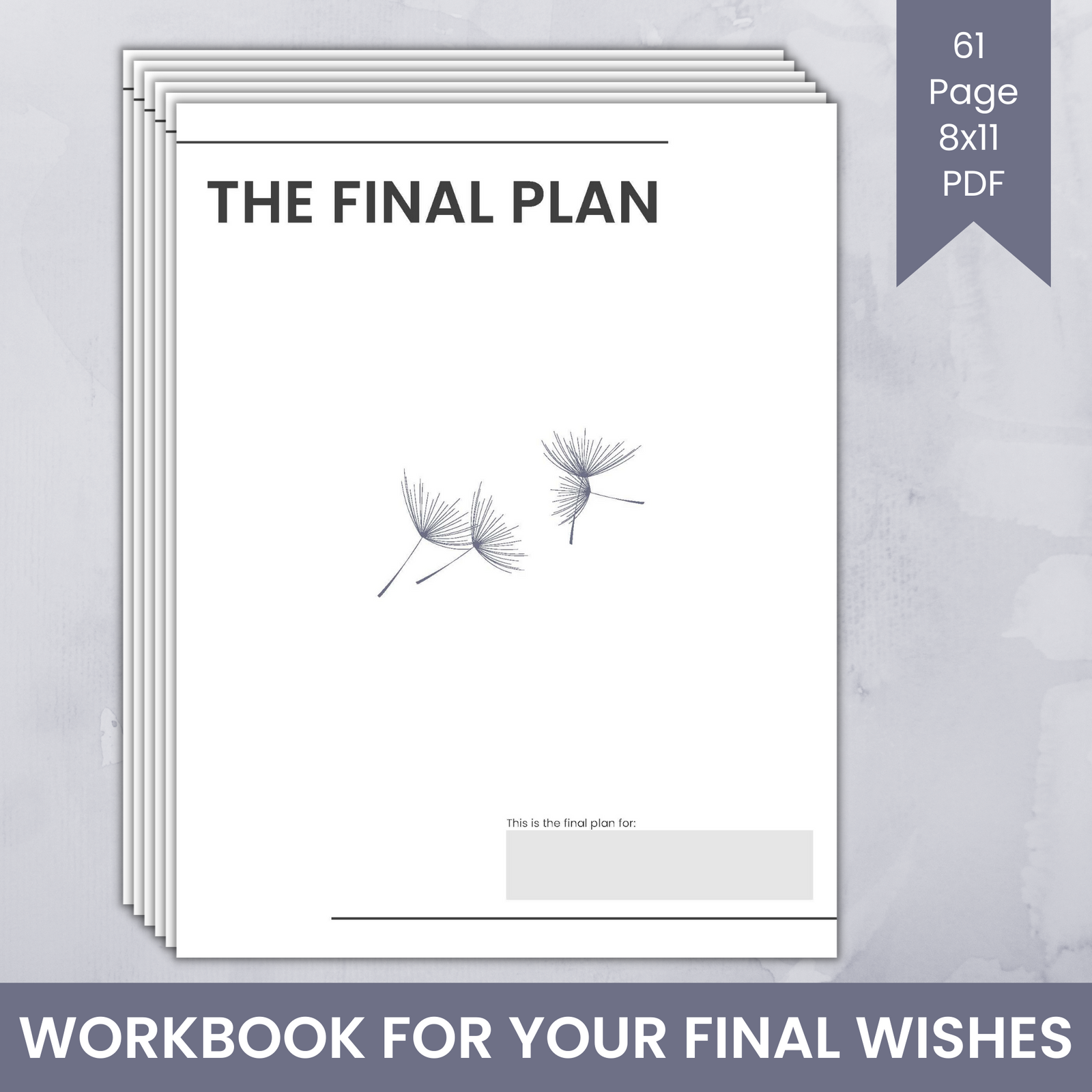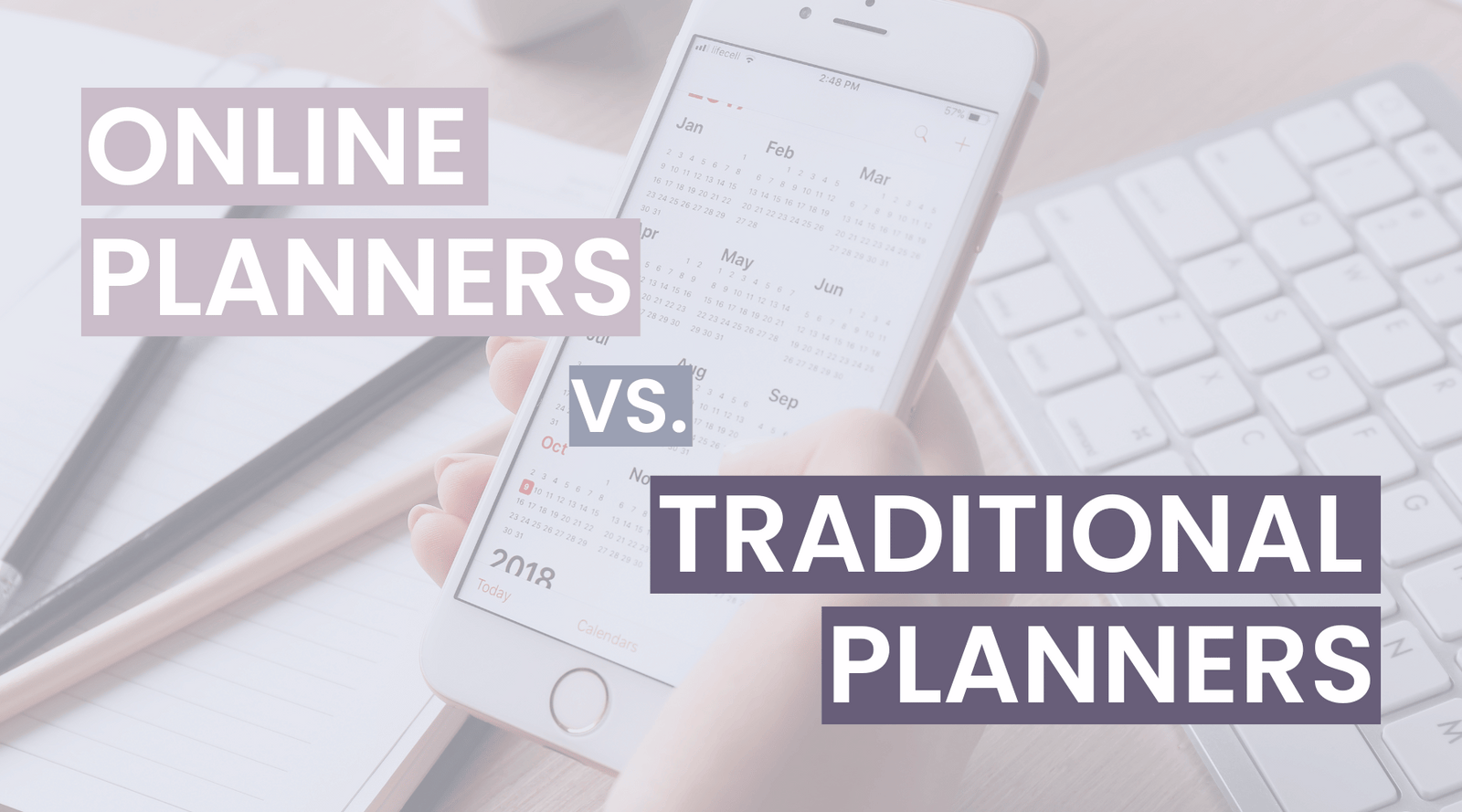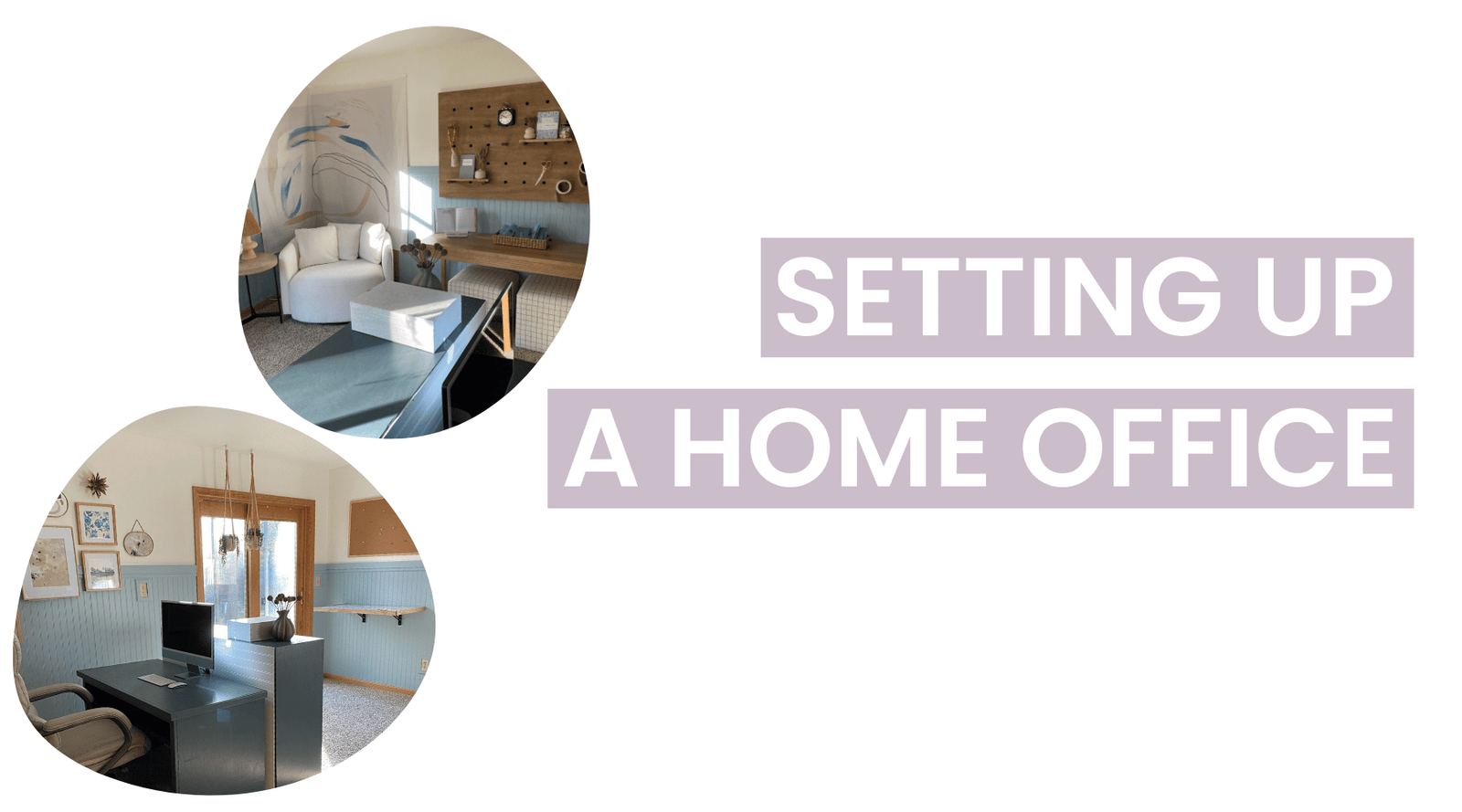Today the debate between leveraging digital calendars and sticking with traditional planners is more relevant than ever. This discussion isn't just about preference; it's about identifying the most effective tool for enhancing personal productivity and organization. As we delve into this topic, we'll explore the pros and cons of each approach, understanding that the right choice can significantly impact our daily efficiency and overall success in managing our time and tasks. The importance of this decision lies in its ability to align with our individual lifestyles, work habits, and goals, ensuring that we select the tool that best supports our personal and professional growth.
The Science of Writing Things Down
Numerous studies and psychological theories have highlighted the significant benefits of physically writing things down, compared to typing. Research by Mueller and Oppenheimer (2014) demonstrated that students who took notes by hand showed better understanding and recall of material than those who typed their notes, suggesting that the act of writing enhances memory retention and cognitive engagement. This is attributed to the generative processing theory, which posits that the physical act of writing involves deeper cognitive processing of the information being noted, thereby reinforcing learning and comprehension.
Furthermore, the tactile and motor actions associated with writing have been linked to neural activity in regions of the brain associated with learning and memory, as evidenced in the work of James and Engelhardt (2012).Physically writing things down not only aids in memory retention but also has a psychological impact, promoting mindfulness and reducing cognitive overload, as the slower pace of writing allows for more thorough processing of information. This contrasts with typing, which, although faster, may lead to more superficial processing and less effective learning and memory retention. The psychological satisfaction of physically crossing out completed tasks ornoting down thoughts can also not be understated, providinga sense of achievement and clarity.

For users of both digital and physical planners, understanding these differences is crucial.
Physical planners can be particularly beneficial during planning and goal-setting phases, where the act of writing can enhance clarity of thought and commitment to set objectives. The tactile experience of writing can aid in embedding these goals more firmly in memory.
Digital planners offer the convenience of accessibility and the ability to edit and update plans on the go, which is particularly useful for dynamic scheduling and task management where immediate adjustments are necessary. Knowing when to utilize each type of planner can facilitate a balanced approach to task management and personal productivity. For instance, setting long-term goals and reflections might be more suitably done in a physical planner, whereas tracking daily tasks and appointments can be efficiently managed in a digital format. This integrated approach leverages the cognitive benefits of handwriting with the flexibility and efficiency of digital tools, enhancing overall productivity and cognitive engagement.
Digital Calendars: Pros and Cons
Digital calendars revolutionize time management by enhancing efficiency and accessibility. They allow for synchronization across devices, provide automatic reminders for critical events, and enable schedule sharing, streamlining how we plan our days. Nevertheless, it's crucial to acknowledge potential drawbacks such as dependency on technology, which poses risks if devices malfunction or access is compromised. Privacy is another concern, with the risk of sensitive data being accessed by unauthorized individuals. Moreover, continuous notifications and the temptation to scroll through future plans can distract from the present moment.

For those navigating the digital calendar landscape, popular choices include Google Calendar, known for its integration capabilities with other Google services; Microsoft Outlook Calendar, favored for its sophisticated scheduling features; and Apple Calendar, appreciated for its user-friendly interface and seamless synchronization across Apple devices. Users appreciate these platforms for their reliability, ease of use, and comprehensive features that cater to both personal and professional needs. When selecting a digital calendar, consider factors like compatibility with your devices, the level of privacy offered, and the specific features that best suit your scheduling requirements.
Click here to read about what family planners work best for others!
For the busy bees constantly on the move, utilizing different reminders on digital calendars can be a game-changer for managing a hectic schedule effectively. With features allowing for customizable alerts, you can set reminders for everything—from your daily water intake to crucial deadlines and meetings. This flexibility means you can have a pop-up reminder a week before an important event, a day before, or even minutes before, ensuring you're always prepared, no matter where you are. It's not just about not missing appointments either; it's about structuring your day so that it aligns with your priorities and goals, bringing a sense of order and calm to even the most packed schedules. The beauty of digital reminders lies in their adaptability; they can be adjusted as your day evolves, making it easier to stay on top of tasks without feeling overwhelmed. This feature is particularly helpful for those who juggle multiple roles and responsibilities, offering a gentle nudge exactly when it's needed the most, thus making digital calendars an indispensable tool for anyone looking to optimize their time and productivity.
Physical Calendars and Planners: Pros and Cons
Traditional planners offer several benefits that appeal to those who prefer a more tangible approach to organization and scheduling. The physical act of writing can serve as a mindfulness practice, helping users to focus on their tasks and goals. Unlike digital alternatives, traditional planners do not require power or an internet connection, making them accessible at any time. The tactile experience of flipping through pages can also enhance memory retention and make the process of planning more personal and engaging. Our monthly planner is a more sleek design and is easiest to carry with you on the go!

Furthermore, the ability to personalize a planner with hand-written notes, stickers, and drawings adds a unique charm and can boost creativity. However, these planners come with their own set of limitations. Their physical nature can make them less portable than digital options, and there's always the risk of losing them, which could result in the loss of important information. Additionally, traditional planners do not offer an easy way to share or back up content, limiting their convenience compared to digital tools. Nonetheless, for many, the benefits of using a physical planner, such as the sense of accomplishment from physically checking off tasks and the break it provides from screen time, far outweigh these limitations. Check out our planners here if you are interested in going the physical planner route!
The Debate on To-Do Lists: Digital or Physical?
Comparing digital to-do lists, such as apps and online task managers, with physical lists, like notebooks and sticky notes, involves a detailed examination of various aspects. These aspects include convenience, satisfaction, and effectiveness, each playing a crucial role in determining the preferred method of managing tasks and organizing day-to-day activities. The digital era has revolutionized the way we approach productivity, offering tools that promise to streamline our workflows and enhance our efficiency. However, the traditional approach of pen and paper still holds a significant place in many people's hearts and routines, offering benefits that digital solutions cannot replicate.
- Convenience: Digital lists stand out for their unparalleled convenience, offering accessibility from anywhere at any time. With just a few taps on a smartphone or clicks on a computer, users can add, modify, and organize tasks with ease. These platforms often come equipped with reminders, due dates, and the ability to categorize tasks into different projects or priorities. Additionally, the feature to share tasks with others or assign responsibilities within a team enhances collaboration and ensures everyone is on the same page.
- Satisfaction: There is a unique sense of satisfaction that comes from using physical lists. The act of physically crossing off a task provides a tangible sense of accomplishment that many find rewarding. This tactile experience can motivate individuals to complete tasks and provides a visual representation of progress that digital lists can sometimes fail to convey. For some, the process of writing down tasks helps in memorizing and processing information, further enhancing the effectiveness of physical lists.

- Effectiveness: The effectiveness of a to-do list, whether digital or physical, largely depends on an individual's preference, work style, and specific needs. Digital lists offer flexibility and a suite of features that can make organizing and prioritizing tasks more efficient. Features such as tagging, sorting by priority, and integrating with other digital tools can help users manage complex projects with multiple moving parts. Conversely, the simplicity and unplugged nature of paper lists appeal to those who prefer a more tactile approach or wish to reduce screen time. The absence of notifications and digital interruptions can also make physical lists more conducive to focus and productivity in certain scenarios.
In personal situations, the choice between digital and physical lists might depend on the user's lifestyle, tech-savviness, and personal preferences. Some may opt for digital solutions for their ease of use and integration with other devices, while others may prefer the simplicity and disconnect that physical lists offer. In professional settings, digital solutions often take the lead due to their collaborative features, ability to integrate with other work tools, and suitability for remote or distributed teams. However, in creative or brainstorming sessions, the tangibility of physical lists can foster a more conducive environment for free thought and idea generation, allowing for a free flow of ideas without the constraints of technology.
Ultimately, whether one opts for a digital or physical to-do list depends on the specific needs, circumstances, and desired outcomes of the situation. Both methods have their own set of advantages and limitations, and the best choice is often a matter of personal preference or situational demands. By understanding the unique features and benefits of each approach, individuals and teams can make informed decisions that align with their goals, work style, and lifestyle, ensuring maximum productivity and satisfaction in their personal and professional lives.
Case Studies: When to Use What?
Below are some case studies that show that individual preferences and the nature of tasks dictate the choice between digital and physical to-do lists.
Scenario 1: Personal Planning
For personal planning, imagine Sarah, a freelance graphic designer, who prefers the physical touch of pen and paper to map out her creative projects and daily tasks. She finds that sketching ideas and jotting down tasks in her planner not only boosts her creativity but also helps her remember her tasks better. Sarah's choice underscores the importance of tactile interaction and how it enhances memory retention and creativity, making physical planners an excellent choice for those who value these aspects in their personal planning.
Scenario 2: Family Scheduling
Consider the Johnson family, who uses a digital calendar accessible on all their devices to manage family schedules, school events, and doctor's appointments. The ability to share calendars and send reminders ensures that everyone knows where they need to be and when. This scenario highlights how digital tools facilitate better coordination and communication among family members, leveraging the convenience and accessibility of technology to keep a busy family organized.
Scenario 3: Grocery Shopping
Emily, a busy mom of two, swears by her list-making app for grocery shopping. The app allows her to share the list with her husband, enabling them to add items as they run out. Plus, the app categorizes items by aisle, saving them time in the store. This scenario shows how digital lists can streamline the mundane task of grocery shopping, making it more efficient and collaborative.
Below is my personal grocery shopping list that I created on Canva! This is what works best for me.

Scenario 4: Project Management
In a professional setting, a project management team working across different time zones relies on digital task management tools to keep projects on track. These tools offer features like Gantt charts, time tracking, and collaborative document editing, which are indispensable for complex project management involving multiple stakeholders. This case study illustrates the effectiveness of digital tools in a professional context, where collaboration, real-time updates, and integration with other digital tools are paramount.
Each scenario demonstrates that the choice between digital and physical tools isn't just about personal preference. It also involves considering one's lifestyle, work environment, and specific needs. Whether it's the tangible satisfaction of crossing off a task on paper or the convenience of syncing calendars across devices, understanding the unique advantages of each approach can help anyone make more informed decisions that align with their goals and daily life.
Keeping Track of Varied Items: Digital or Physical?
There are many different things that individuals commonly keep track of, such as appointments, contacts, and grocery lists. The question arises: are these better managed through digital means or in a physical format? Efficiency is a key factor where digital tools often outshine with their quick access and updates; accessibility is another, as digital platforms can be reached from anywhere at any time. Personal satisfaction, however, varies widely among individuals. Some find the tangible nature of paper more satisfying, while others favor the seamlessness of digital organization. By understanding these aspects, individuals can make more informed decisions about managing their daily tasks and commitments.

Balancing between digital and physical task management tools is similar to finding the perfect recipe for personal productivity. It's about mixing and matching until you discover what truly resonates with your needs and habits. For some, a digital calendar is indispensable for keeping track of meetings and deadlines, while a physical notebook captures those fleeting moments of inspiration and to-do lists with a more personal touch. The beauty lies in experimenting with both formats to see which one, or perhaps what combination, aligns best with your lifestyle and helps you remember tasks more effectively. After all, memory retention often improves when information is recorded in a manner that appeals to your senses and preferences. Whether it's the tactile feeling of paper or the visual satisfaction of a well-organized digital app, the goal is to foster an environment where productivity thrives. Encouraging yourself to test out both methods can lead to unexpected discoveries about how you work best, making it a valuable exercise in optimizing how you manage your personal and professional lives.
So, Digital or Physical?
In conclusion, we've explored the pivotal aspects and situational factors that come into play when choosing between digital calendars and traditional planners. It's clear that each option has its own set of advantages, tailored to different lifestyles and preferences. Whether it's the convenience and accessibility of digital calendars or the tactile and personalized nature of traditional planners, the decision ultimately hinges on what best aligns with an individual's needs and daily routines. I encourage you to experiment with both options to truly discover what works best for you. By doing so, you can craft a time management system that not only meets your unique needs but also enhances your productivity and organization in your personal and professional life.
If you're keen on discovering more about productivity, organization, and optimizing your lifestyle, consider subscribing to our content. You won't want to miss out on the valuable tips and strategies we share! For those of you who want to try out the physical planner route, check out our planners here. Dive deeper into enhancing your daily life with the tools and insights we've curated for you.


